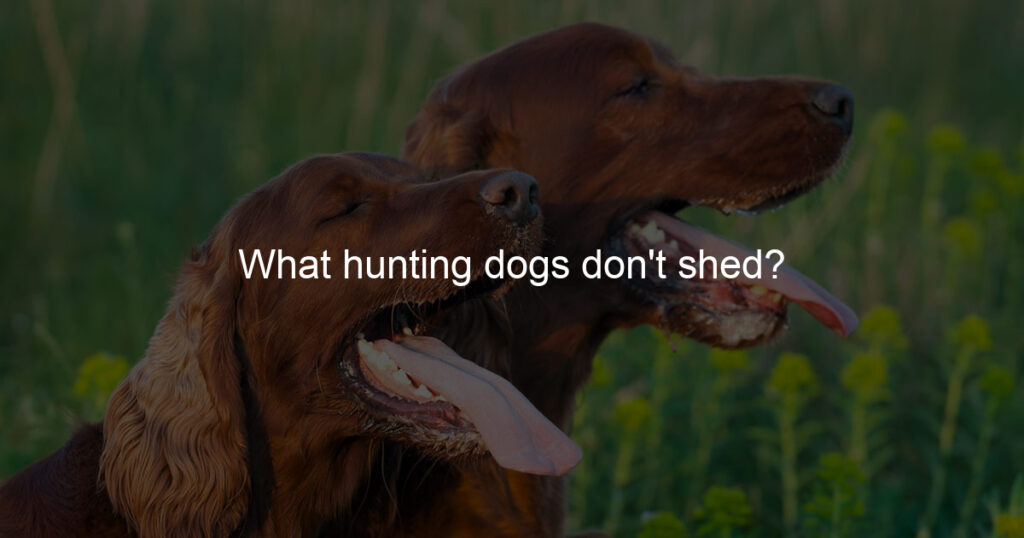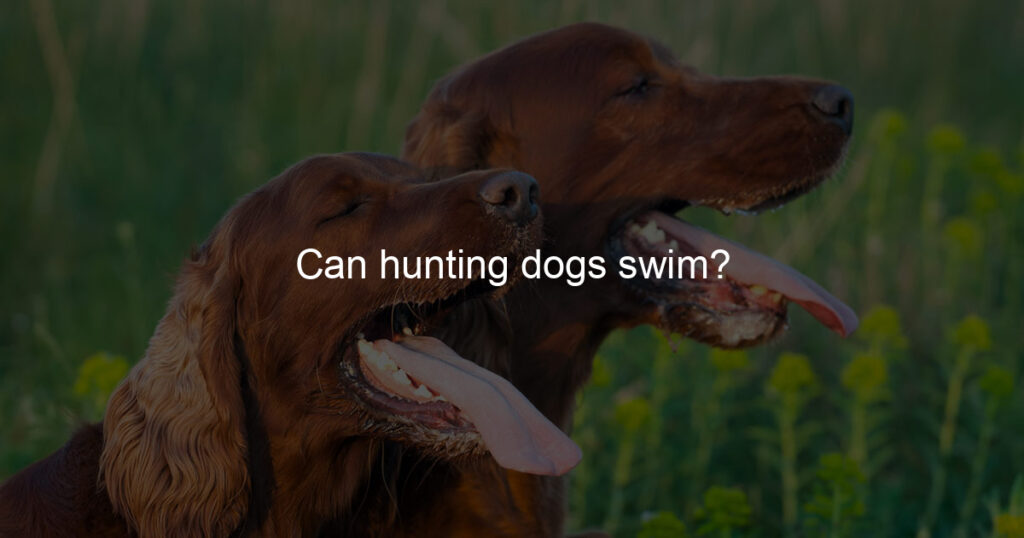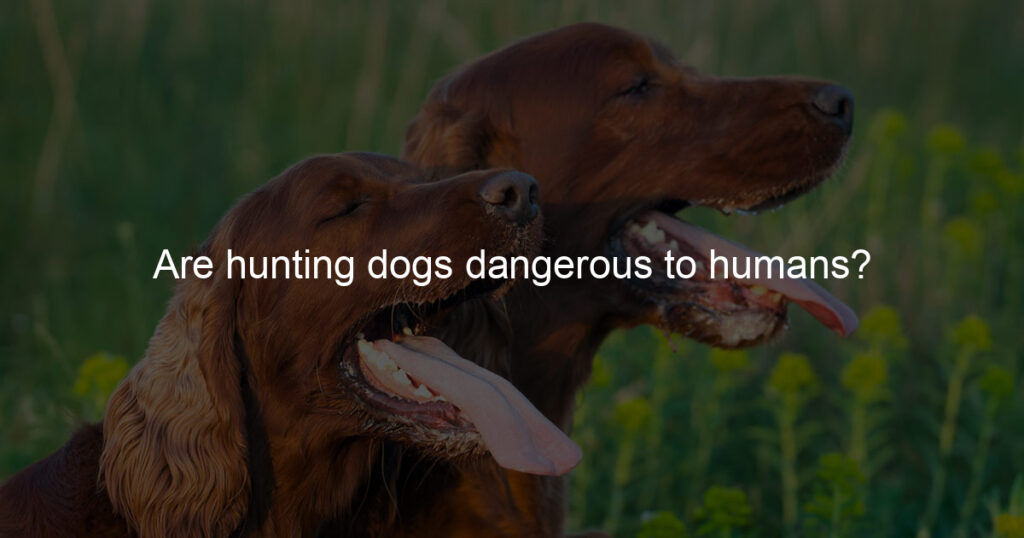Hunting dogs have a natural instinct that humans can only aspire to. Their ability to sense, track and point out potential prey is unparalleled – their skill set is carefully selected over generations of breeding for the best traits in animal-human interaction.
But why do hunting dogs point? It’s not as simple as some would think! Here we’ll discuss the science behind why this behavior has been so carefully maintained across canine breeds and investigate just what it takes for your pooch to complete such an impressive feat.
What does it mean if a dog is pointing?
If a dog takes on a pointing pose with its head and tail up and pointed, it’s often seen as a sign that the pup is excited to be out exploring. This stance typically describes an active mental state—it can indicate that the pup has noticed something in its environment and is trying to figure out if it’s interesting enough to investigate further.
Pointing often occurs when a pup has detected movement or fresh smells, such as another animal or food item. In this case, the pup is essentially signaling for the owner to take notice of what it has already discovered. Next time you see your canine companion striking this stance, see if you can find out what’s exciting them!
Why are dogs called pointers?
Pointers, or pointing dogs, are the ancestors of hunting breeds and have origins going back centuries. These dogs have helped humans to find and point out games in many different ways – such as using their noses to ferret out hidden game birds or using their bodies and heads to indicate where hunters should go.
Today, dog owners still continue to use these techniques for training pointers; teaching them to stand, point, and even listen for games from afar. The unique way that a pointer helps its owners has been the foundation of why these dogs get their nickname – pointers – for all the work and guidance they provide!
Why do dogs lift their leg to the point?
Dogs are well known for their curious habits. One of these is the phrase “lifting a leg to pee.” It has become something of a joke, but there is actually an important reason why dogs do this. This behavior helps them to mark their territory – they are scent-marking it as belonging to them. By lifting their leg higher off the ground while they pee, they can spread the smell further and thus make sure other animals know who owns that area.
Additionally, dogs can use this as a way to learn about other animals in the same space by sniffing around and picking up on any scents left in the area. Ultimately, lifting their leg when peeing is an effective means for dogs to communicate and protect their territory from rivals.
Do nonpointer dogs point?
Have you ever noticed how dogs seem almost instinctually drawn to point out subjects of interest, like when they point their nose and tail or paw in the direction of something? This behavior is actually called pointing, and it’s most commonly associated with pointer dog breeds such as the German Shorthaired Pointer.
However, researchers have discovered that non-pointer breeds may also exhibit this behavior as a result of training and practice. In fact, while non-pointers are substantially less likely to perform pointing behaviors unaided when given proper instruction and conditioning, even some non-pointer dogs can be taught to execute a form of pointing.
This makes sense biologically speaking since all dogs possess an awareness of where their food source is located and that they must sometimes communicate its location. The takeaway here is that any breed of dog can experience the joys of success associated with the act of intentionally initiating a desired lovely—regardless if it’s retrieving something or simply nuzzling up for some loves.
Do dogs naturally understand pointing?
It has commonly been thought that dogs have an innate ability to understand pointing, but recent studies suggest otherwise. Researchers believe the behavior of pointing requires cognitive understanding and thus must be learned in order for a dog to come to understand it. Experiments conducted with dogs showed that where the point indicated a useful item, such as food or a toy, then dogs were more likely to follow the gesture.
They seem to recognize that there is something of interest behind the point and go accordingly in most cases. As scientists continue researching this subject, they hope to gain further insight into how canine understanding works and evolves over time.
Conclusion
Hunting dogs have been bred to have an instinctive ability to sense their prey and know when and how to point it out. This skill is what makes them so valuable in the field for hunters. The various different types of hunting dogs all come from unique backgrounds that make them great candidates for search and rescue, tracking, waterfowl hunting, flushing out the small game, running upland birds, helping with big game recovery, and more.
While pointing as we know it today has been around for centuries, modern improvements in dog breeds and training techniques have enabled these animals to be even better than their predecessors at honing their impressive abilities. With dedication, patience, good judging skills, and a loving heart, any hunter can develop an invaluable bond with the four-legged friend they take into the woods each year.








